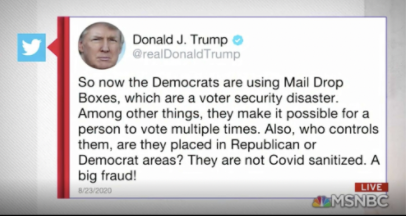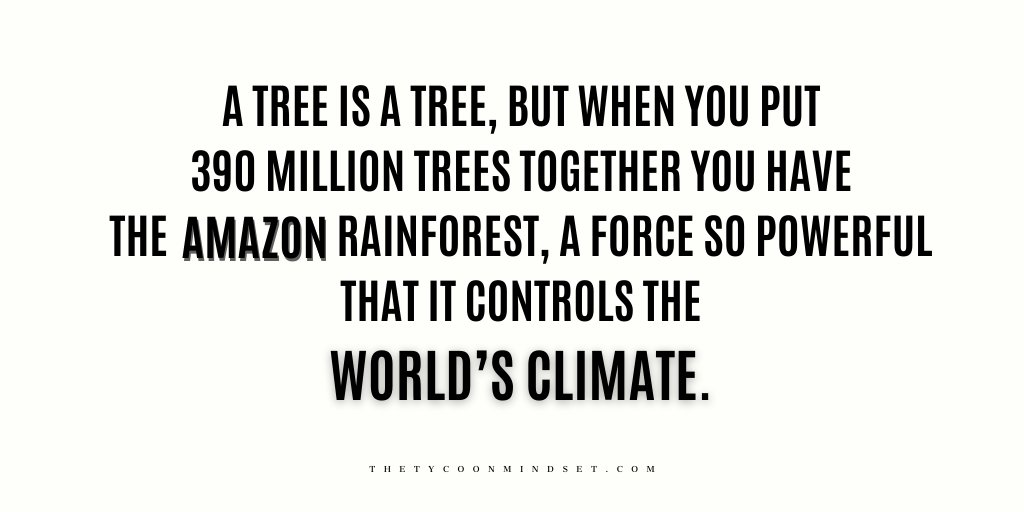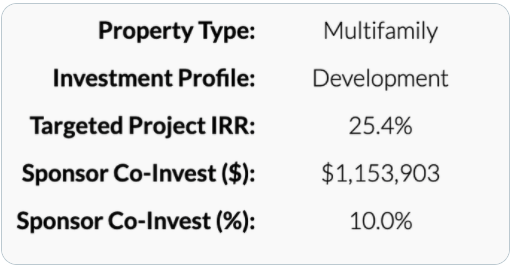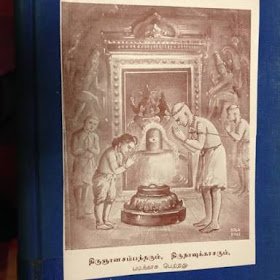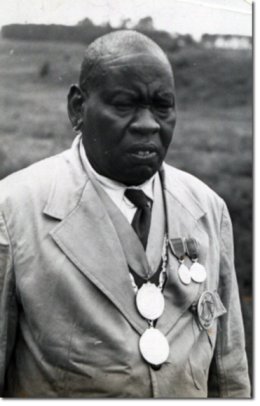1/
Thread:
#DishaRavi, one of the founders of "Fridays for future India" has been arrested promptly by Delhi Police.
Let's look at why this was the best move to make.
Also let's see who she is and what her connection is to Greta.
2/
At first glance, you can find that Fridays for Future is an organization founded by Greta Thunberg with branches who conduct school strikes all across the world. Like so.
India, as you can see, is No. 3. And this is the map within India. South seems to dominate. AND
3/
They have global "protests" in almost all countries.
Coming to Disha Ravi, she's an "activist" from "Fridays for Future India" and was featured in Vogue when she joined, providing an educated guess that she may be leading the movement in India. Now...
4/
Let's see what this "climate activist" has done. This is a snippet from Fridays for Future India. As we can see, they have planted weeds all across India. The second SS is a snippet of their "actions" as found on their int'l website. India seems to be one of the highest.
5/
Doesn't end here. This is a snippet from Fridays for future India's instagram page. Take a look at the dates. No need to explain this.
Arresting this woman was the BEST thing that our Police have done till now. They seem to instigate people against GoI, running an agenda.
